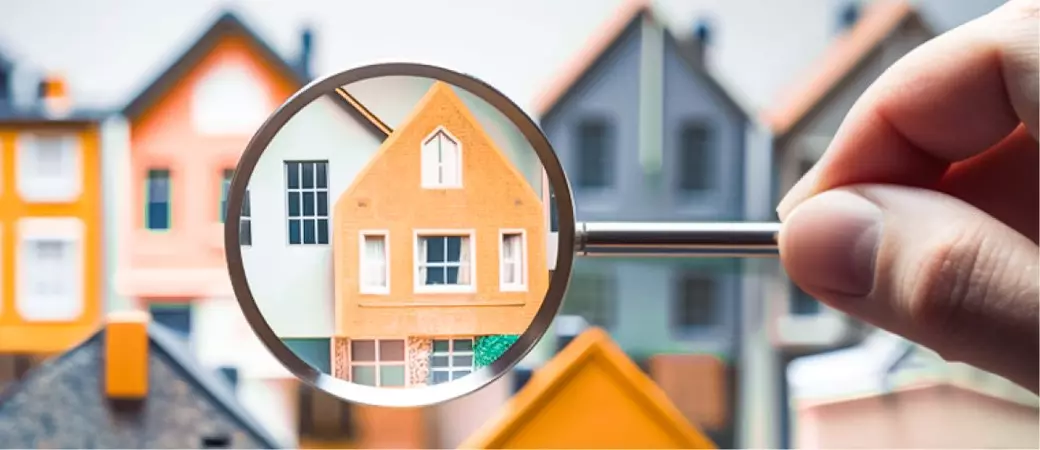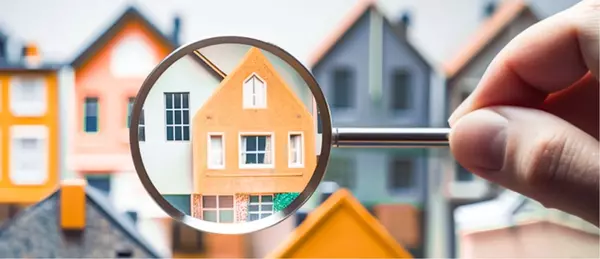Art of home valuation - Listing

When it comes to selling a home, one of the most critical steps is determining its value. Accurately pricing a property can mean the difference between a quick sale and a home languishing on the market for months. Understanding how home valuations are typically done is essential for sellers aiming to correctly price their homes in a competitive market.
Home valuation is an art that combines both science and intuition. It involves several key factors, including market trends, property condition, location, and comparable sales. Let's delve into these elements to understand how they influence the valuation process.
Firstly, analyzing market trends is crucial. Real estate markets are dynamic and can vary significantly from one neighborhood to another. Sellers need to be aware of current market conditions—whether it's a buyer's or seller's market—and how these conditions can affect their home's value. For instance, in a seller's market with high demand and low inventory, homes tend to sell quickly and at higher prices. Conversely, in a buyer's market with more inventory than buyers, prices may be more competitive.
The next step in the valuation process is assessing the property's condition. A well-maintained home with modern amenities will typically command a higher price than one that requires significant repairs or updates. Sellers should consider making necessary improvements before listing their homes. Simple upgrades like fresh paint, new fixtures, or landscaping can enhance curb appeal and increase perceived value.
Location is another pivotal factor in home valuation. Properties in desirable neighborhoods with good schools, low crime rates, and convenient access to amenities like shopping centers and public transportation generally have higher values. Even within the same city, different areas can have vastly different price points based on these factors.
Comparable sales—often referred to as "comps"—play a significant role in determining a home's value. Real estate agents and appraisers look at recent sales of similar properties in the same area to gauge what buyers are willing to pay. These comps should be as close as possible in terms of size, age, condition, and features to provide an accurate benchmark for pricing.
In addition to these traditional methods of valuation, technology has introduced new tools that can aid sellers in pricing their homes accurately. Automated Valuation Models (AVMs) use algorithms and vast amounts of data to estimate property values quickly. While AVMs can provide a useful starting point, they should not replace professional appraisals or real estate agent expertise.
Speaking of professionals, enlisting the help of a knowledgeable real estate agent can be invaluable for sellers. Agents bring experience and local market knowledge that can help fine-tune pricing strategies. They can also provide insights into buyer behavior and offer advice on staging and marketing the home effectively.
Finally, it's important for sellers to remain flexible throughout the selling process. Market conditions can change rapidly, and being open to adjusting the price based on feedback from potential buyers or changes in the market can help ensure a successful sale.
In conclusion, correctly pricing a home for sale involves understanding various factors that influence its value—from market trends and property condition to location and comparable sales. By combining traditional valuation methods with modern technology and professional expertise, sellers can navigate the competitive real estate market confidently and achieve their desired outcomes.


